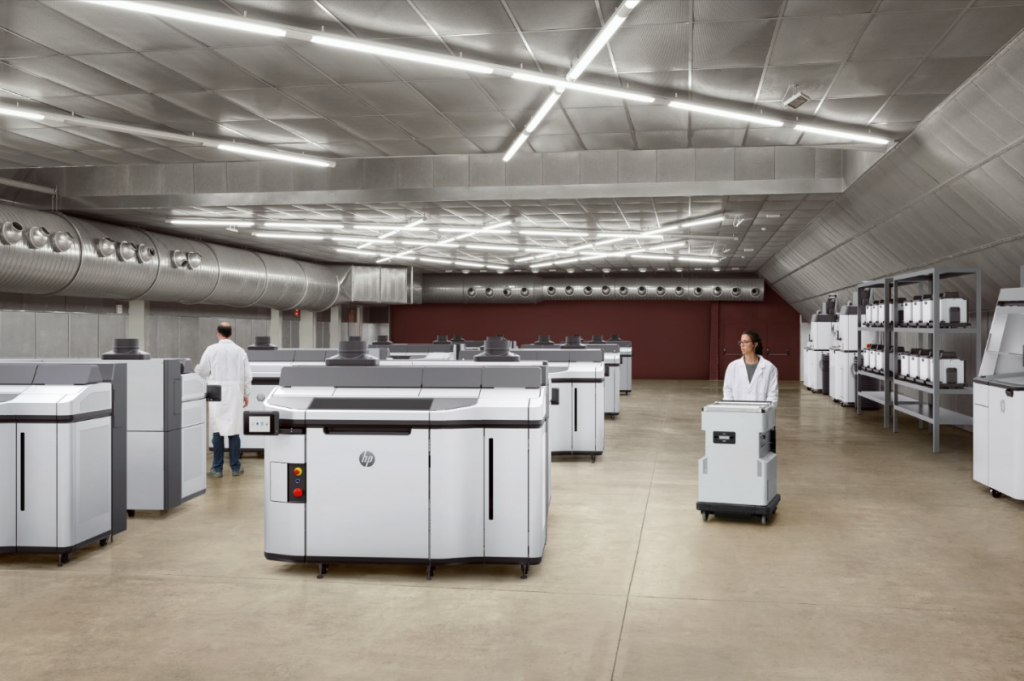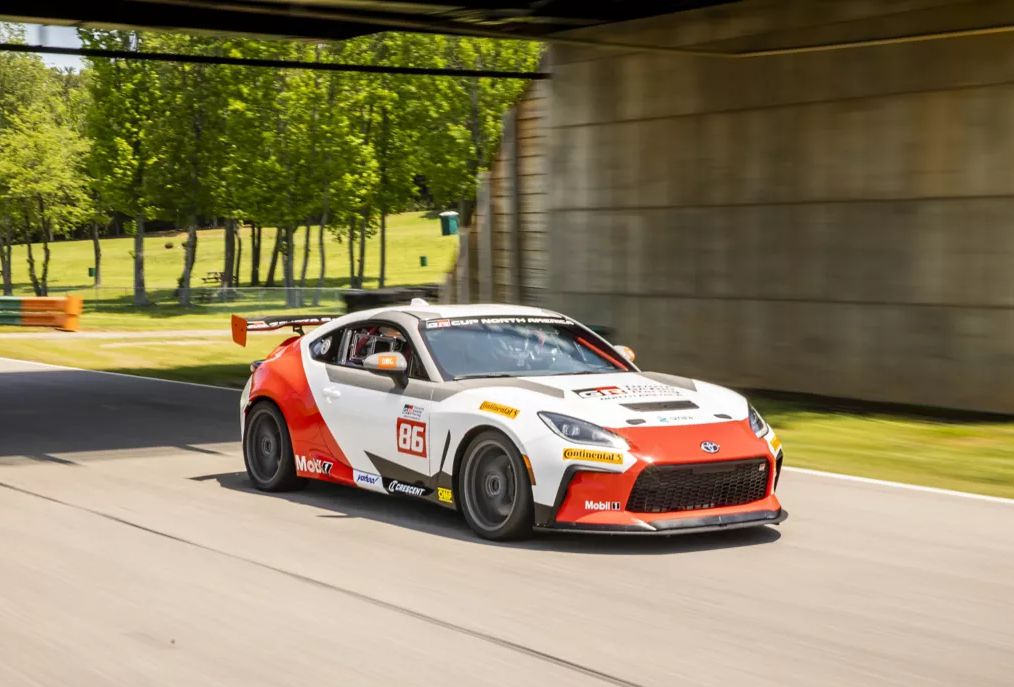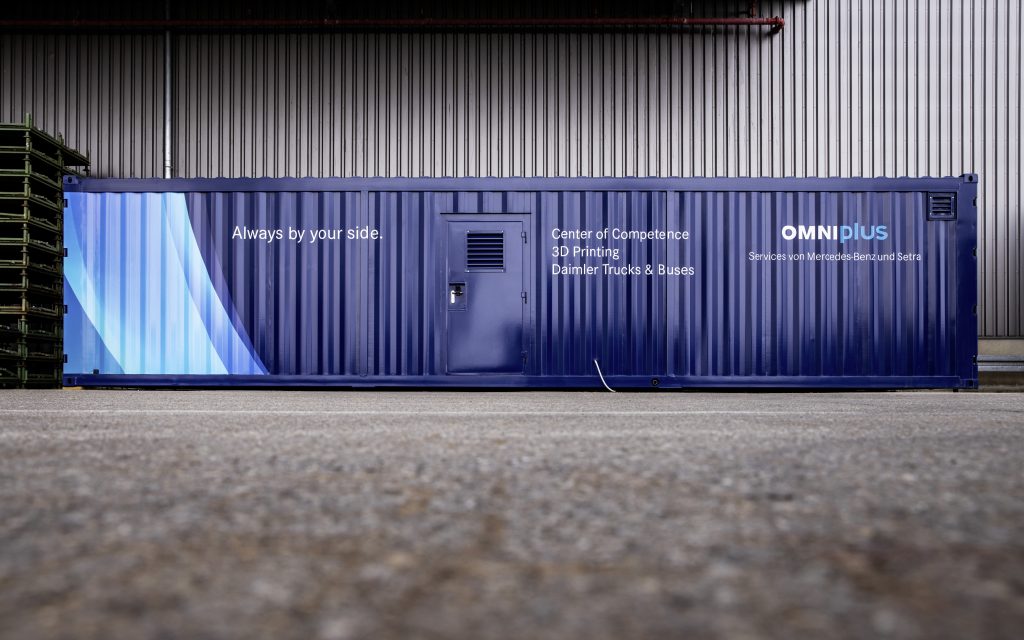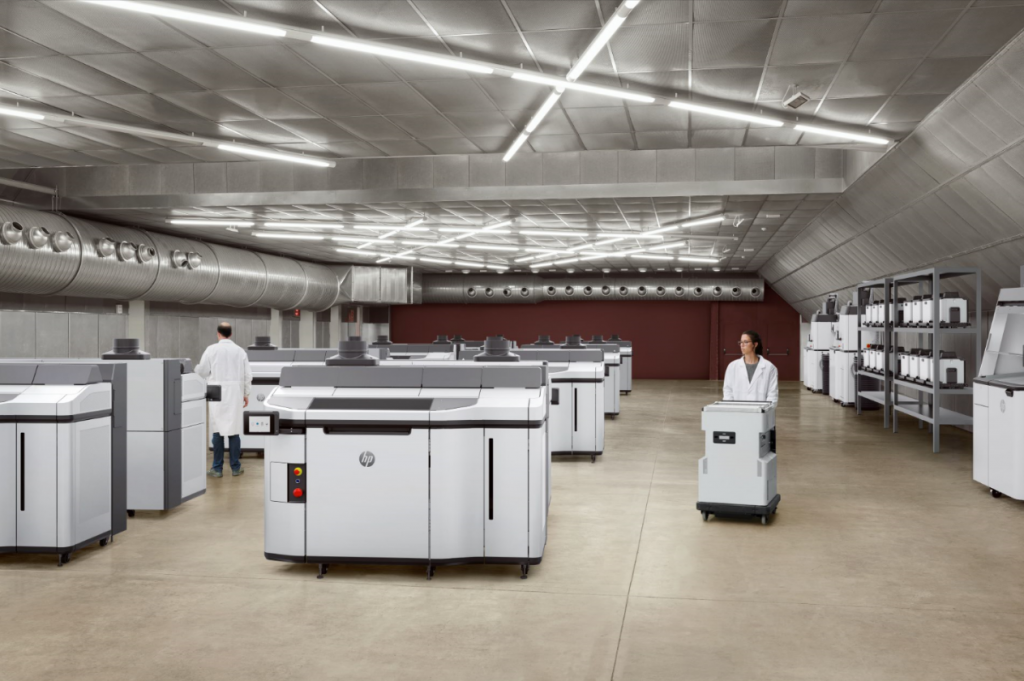Japan-based automotive manufacturer Toyota has begun working with SOLIZE to 3D print spare car components on-demand, it has been revealed.
As part of a project which started last year, Toyota now uses HP Multi Jet Fusion 3D printing to create stock parts, before selling them alongside traditionally-produced spares. In addition to providing the company with enhanced short-run production capabilities, using the technology is said to allow it to optimize the designs and lead times of newly-developed parts.
“Every day we are seeing growing traction and more mature 3D printed applications across many different industries globally, especially in automotive,” said Nobuki Okado, MD of HP Japan. “Leading automakers like the Toyota Motor Corporation are showcasing the power of 3D printing for flexible design, speed to market and sustainable impact.”
“HP and SOLIZE continue to work together to meet the demand for more innovative, personalized and sustainable products.”

Toyota’s automotive 3D printing expertise
As you’d expect from one of the world’s largest automotive manufacturers, Toyota utilizes a range of production technologies to bring its vast vehicle portfolio from the drawing board into reality. On multiple occasions, the firm’s diverse manufacturing needs have seen it turn to 3D printing. Working with Materialise, for instance, the company has previously developed an ultra-lightweight 3D printed car seat.
Since then, Toyota has gone on to invest in the technology’s R&D, by co-developing Somos Taurus alongside DSM, a material said to be ideal for automotive applications thanks to its lofty 95°C heat deflection temperature. At the University of Waterloo, meanwhile, the firm has had the 3D printing wing named after it, following a $2.1 million (CAD) donation it made to the institution to advance its R&D in 2019.
In its Toyota Motorsport division, the company also continues to ramp up its adoption of the technology. To-date, the firm’s racing arm has unveiled plans to develop new lightweight automotive materials, as well as committing to collaborate with 3D Systems on ‘advanced technologies’ with high-end racing applications.
More recently, Toyota Racing Development (TRD), the company’s in-housing tuning division, has named Stratasys an Official 3D Printing Partner. In its new role, Stratasys has already helped TRD develop several end-use 3D printed parts for the Toyota GR86, a sub-£30,000 production vehicle that’s set to be raced in the new single-make GR Cup series.

Meeting growing demand with SOLIZE
Set up in response to rising customer demand, Toyota’s spare part 3D printing project is understood to be multifaceted. On the one hand, the firm’s working with SOLIZE to produce prototypes via a group of 5200 Series systems, and ensure the quality of its end-products. Elsewhere, on the other, HP says the technology is also helping Toyota “create a more flexible manufacturing process.”
Although the company hasn’t revealed the nature of the parts it has begun to 3D print, the 380 x 284 x 380mm build volume and 5058 cm3/hr print speed of its machines, make them scalable to an industrial capacity if needed. Likewise, since launching the 5200 Series, HP has worked with BASF to support it with materials like High Reusability PP5, which can be used to create functional, durable parts.
Partnering with SOLIZE, a business with a background in automotive 3D printing, is also said to have been key to Toyota’s successful adoption of the technology within spare part production. In March 2021, it was revealed that the firm was 3D printing spares for Nissan’s heritage NISMO cars, and it now appears to be playing a similar role, in facilitating Toyota’s wider deployment of HP machines.

Reinforcing automotive supply chains
Given the problems that COVID-19 and Russia’s war in Ukraine continue to cause to global supply chains, it’s hardly surprising that a growing number of automotive firms are turning to 3D printing and in-house production to get around them.
In June 2021, for instance, Daimler’s Trucks & Buses division, which now trades separately from the wider Mercedes-Benz Group, partnered with service brand Omniplus to launch a spare part 3D printing center. While the facility is based in Hamburg, it’s deployable by truck to any location, only requiring electricity and an internet connection to function.
Not long after, the Sauber Group’s Sauber Engineering division also unveiled plans to establish a classic car spare part 3D printing offering. At the time, it was reported that Sauber was seeking to use the expertise gained from its 28 year-stint as an F1 team to set up a service, which offers to reverse engineer and print discontinued components.
Elsewhere, the likes of Porsche have utilized the technology to ensure the sustainability and accessibility of replacement parts for its classic cars. The company began using custom-printed tooling and added a number of SLS and SLM 3D printed spares to its catalog in 2018, which were designed to help customers make their vintage vehicles run for longer.
To stay up to date with the latest 3D printing news, don’t forget to subscribe to the 3D Printing Industry newsletter or follow us on Twitter or liking our page on Facebook.
For a deeper dive into additive manufacturing, you can now subscribe to our Youtube channel, featuring discussion, debriefs, and shots of 3D printing in-action.
Are you looking for a job in the additive manufacturing industry? Visit 3D Printing Jobs for a selection of roles in the industry.
Featured image shows a fleet of HP Multi Jet Fusion 5200 3D printers and powder handling units. Image via HP.
